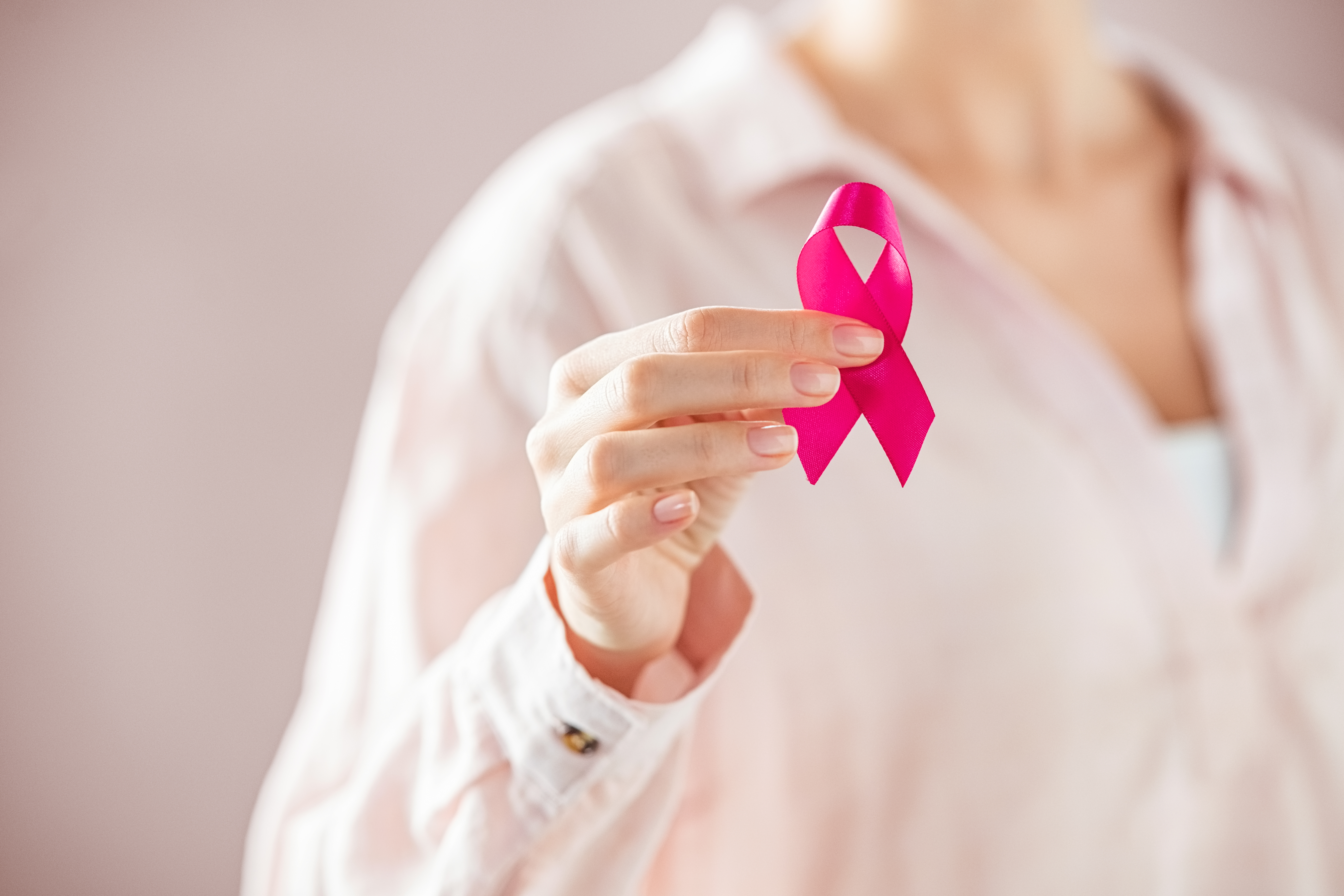How physical therapy can increase survival rates in cancer patients, reduce side effects, and improve recovery time:
In honor of breast cancer awareness month, we wanted to share how physical therapy can increase cancer survival rates, reduce side effects, and improve recovery times.
What is cancer and how many people does it affect yearly?
Cancer is a gene mutation where the body’s cells uncontrollably divide, spread, and destroy the body’s tissues. This disease is the leading cause of death worldwide. According to 2020 studies, cancer affects roughly 18.1 million people yearly with the most common type being breast cancer (2.26 million new cases annually).
Cancer, and its treatments such as chemotherapy and radiation can cause numerous physical problems. These problems include:
- pain
- numbness
- swelling
- weakness
- loss of balance
- difficulties with walking
- fatigue
- joint stiffness
- brain fog
Cancer also negatively impacts a patient’s mental state, as many patients suffer from depression and anxiety after being diagnosed.
How does physical therapy improve quality of life for cancer patients?
According to the American Cancer Society, consistent physical exercise can help improve side effects and symptoms. For example, reduced fatigue and improvements in ability to perform daily tasks. Also, exercise can help fight depression. Physical therapy can even increase survival rates.
Physical therapists will curate a treatment plan both before and after surgery and other cancer treatments. These treatment plans help patients heal faster than they would on their own.
What kind of treatment can a physical therapist do for cancer patients?
Physical therapists can do a variety of treatments based on the patient’s specific needs. For example, a therapist may utilize electric stimulation therapy to help ease discomfort of symptoms like cramps, numbing, tingling or burning sensations. They may also introduce a few basic exercises that can be done at home. These exercises may decrease or eliminate a need for opioid medications.
Aerobic exercise is a great way to fight fatigue and depression. People who participate in at least 20 minutes of aerobic activity such as walking (3 times weekly) have improved mood, and improved aerobic capacity (ability to process oxygen). A physical therapist may include aerobic exercise into a patient’s plan if they struggle with fatigue and have reduced aerobic capacity due to cancer and its treatments.
Lymphedema (swelling in the arms or legs) often occurs as a result of different cancer treatments. Your physical therapist may implement various methods to reduce, control, and prevent lymphedema and swelling. Some of these methods include:
- gentle massage
- special movements and exercises
- application of compressive garments (For example: arm sleeves, gloves, and leg stockings)
Other treatments include exercises to help increase movement, flexibility, and strength and to improve coordination and balance. Many of these exercises are monitored closely to ensure the patient is utilizing the exercises properly. Most exercises are simple enough that a patient can do them at home with no issues. Physical therapists will typically assign some exercises as “homework” to help improve their condition in between sessions.
Physical therapy is a great healing tool for many types of injuries. If you or a loved one has been diagnosed with cancer, be sure to ask your provider about how physical therapy could be a help.
Cancer and its treatments take a toll on the body, however pain relief does not need to be out of reach. Let Nextgen Wellness Group help put you on the path to recovery, contact us today!

